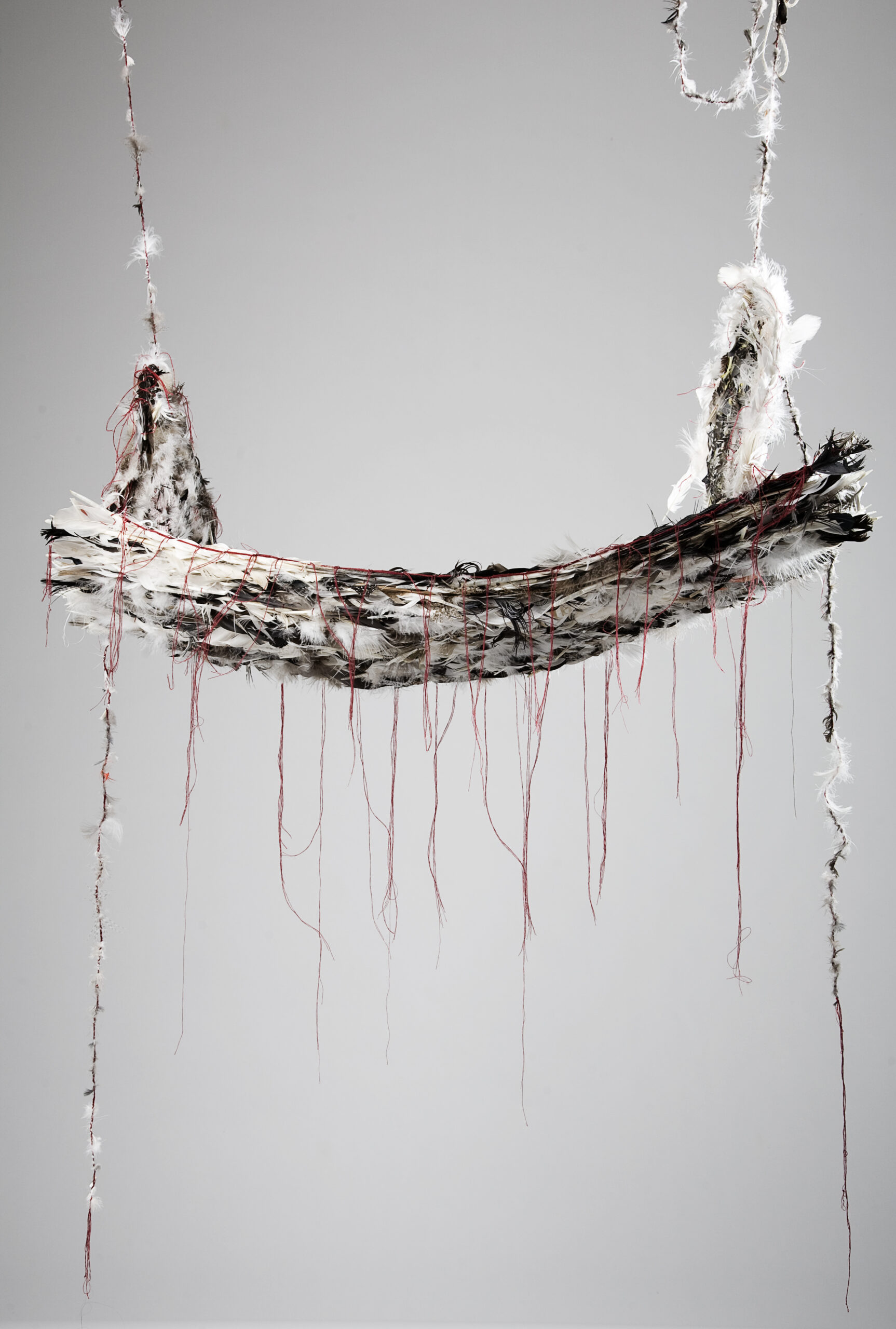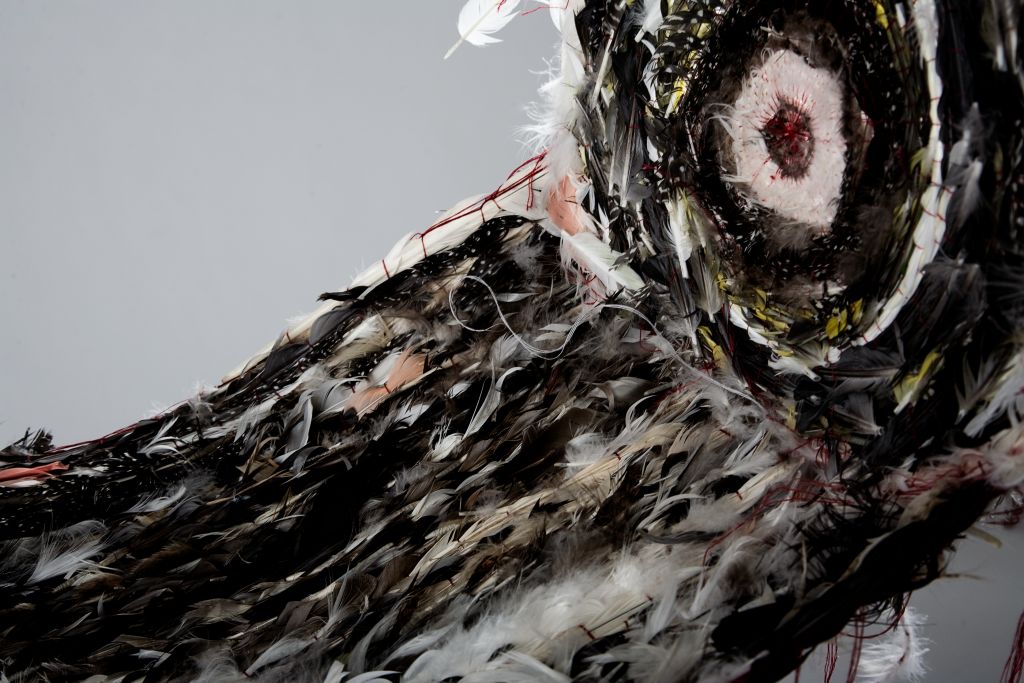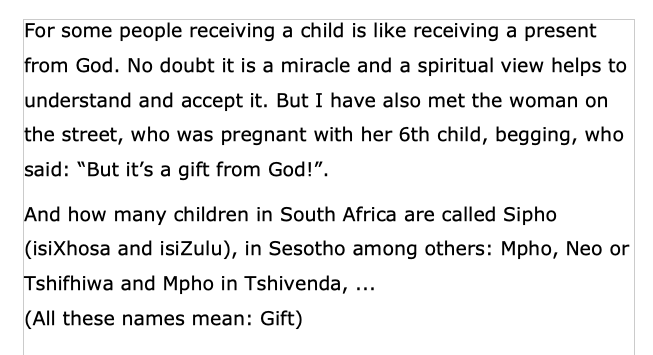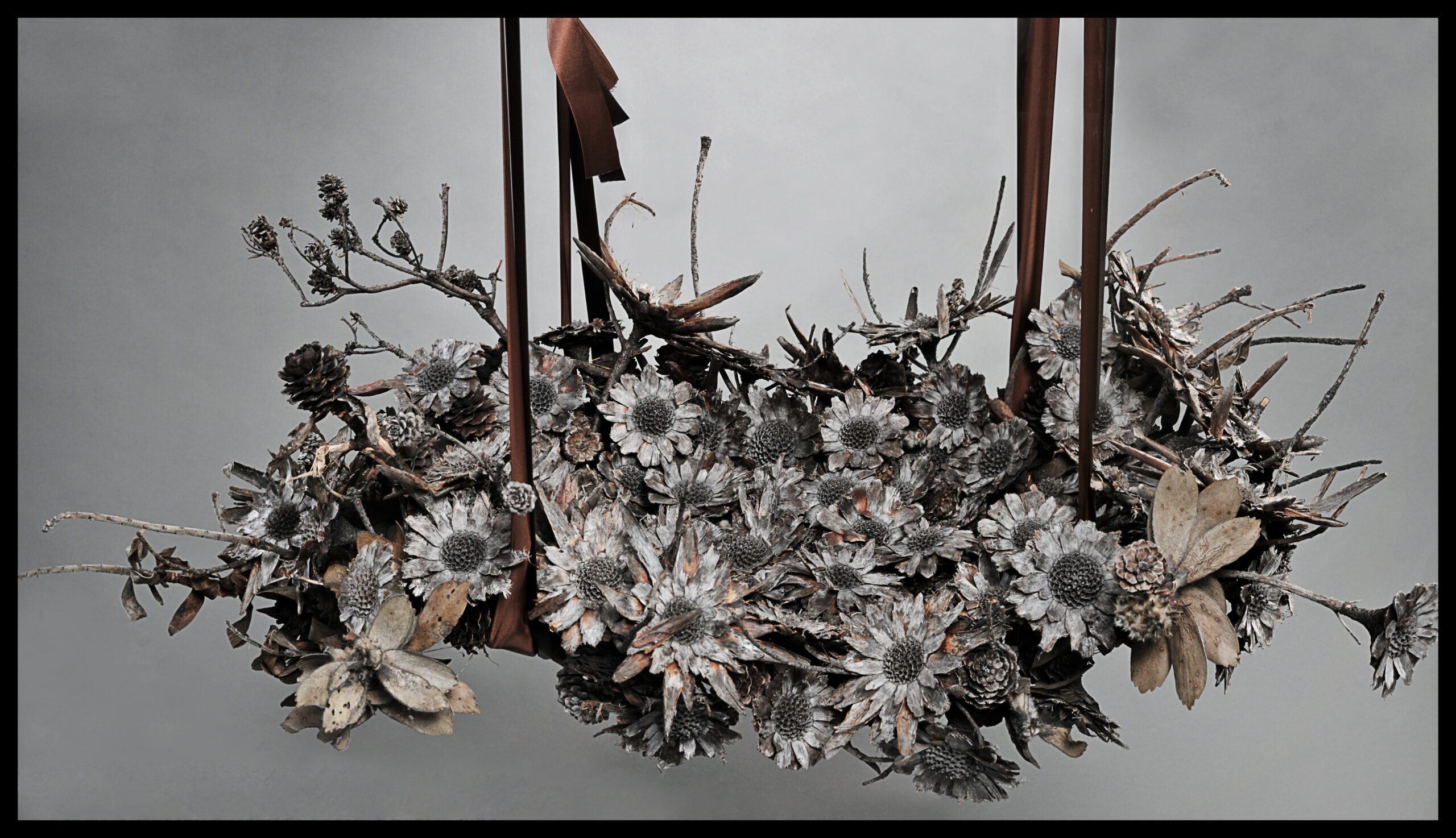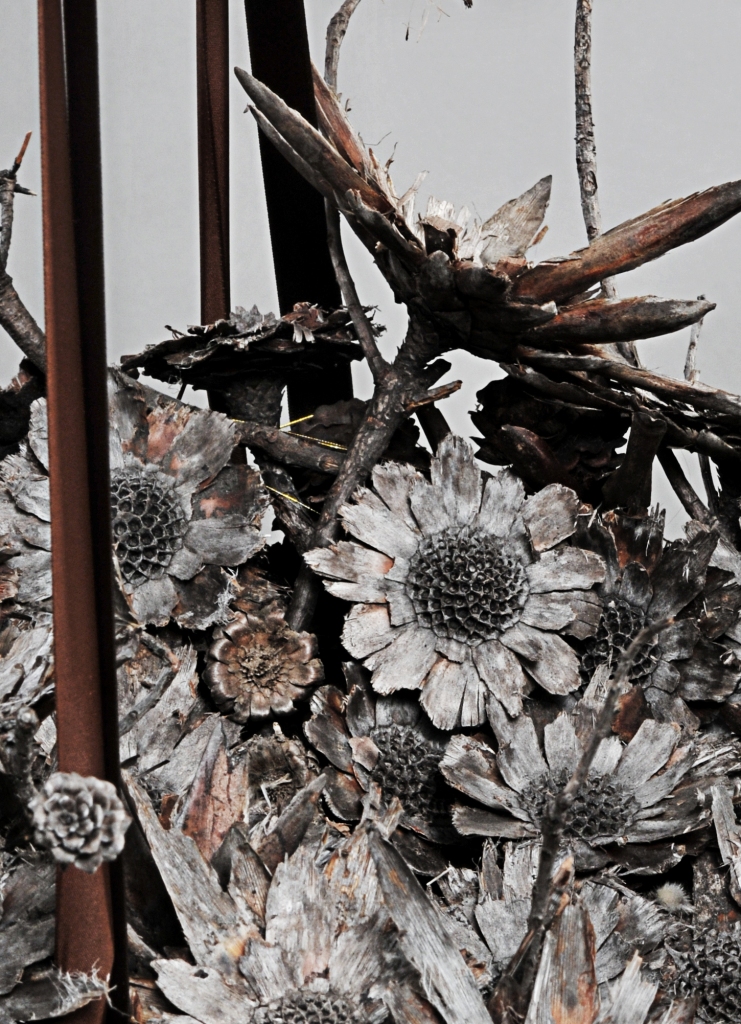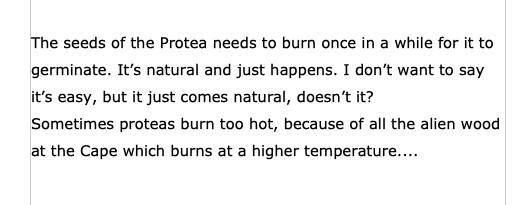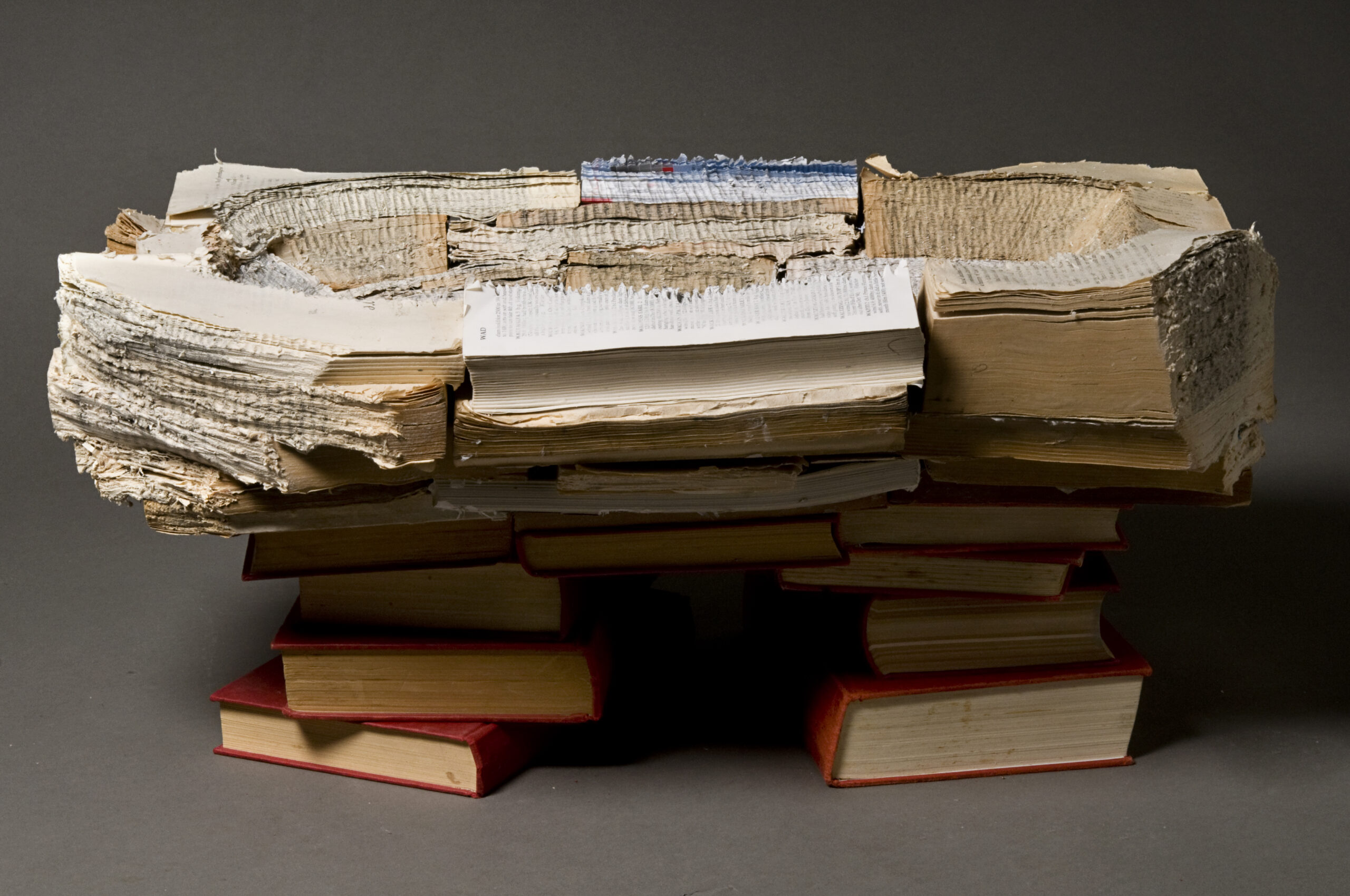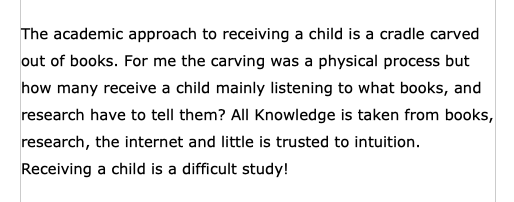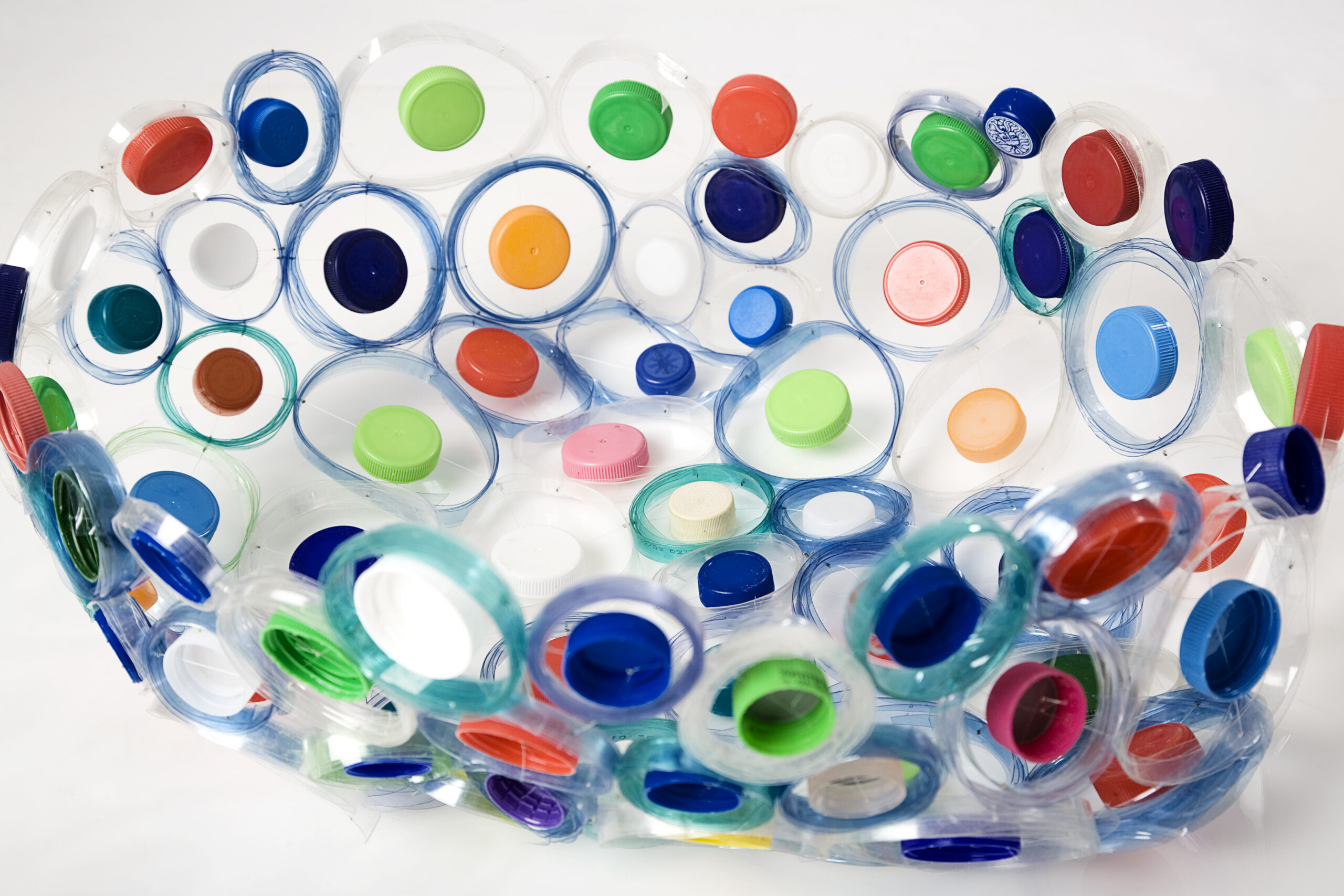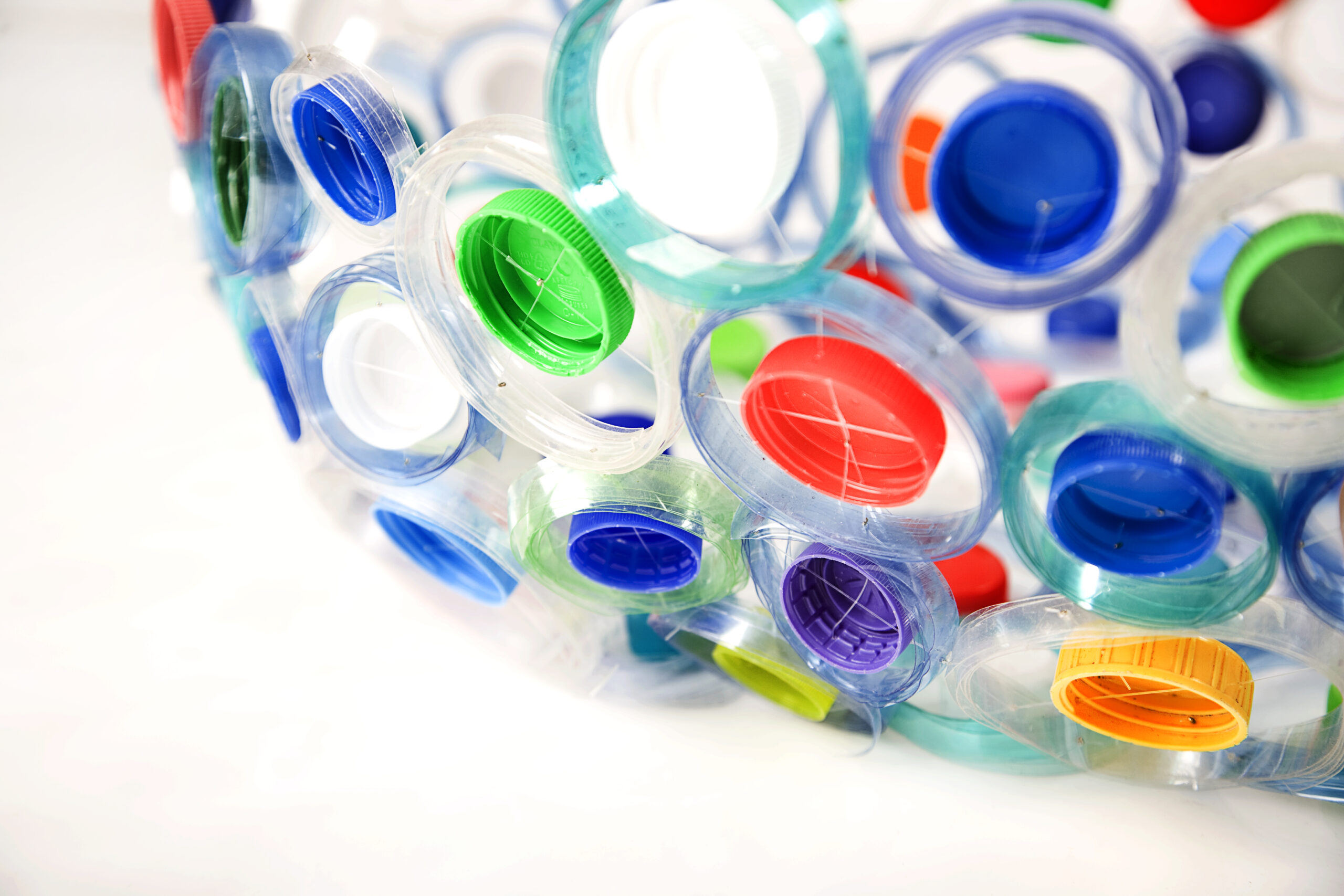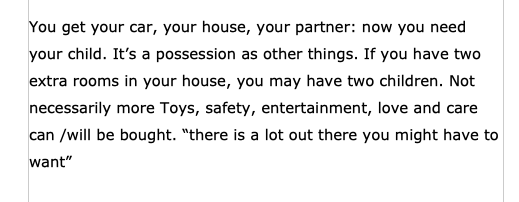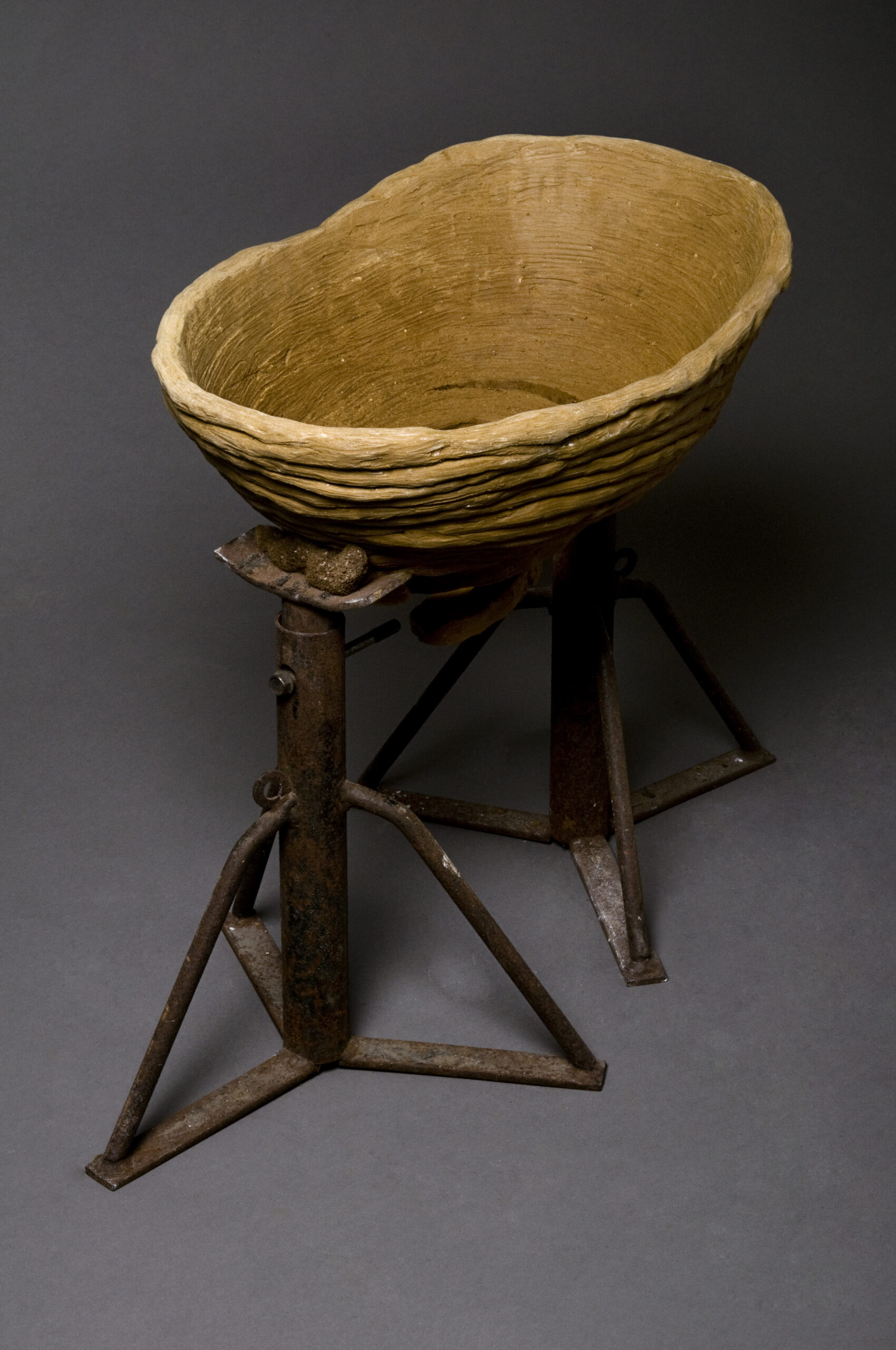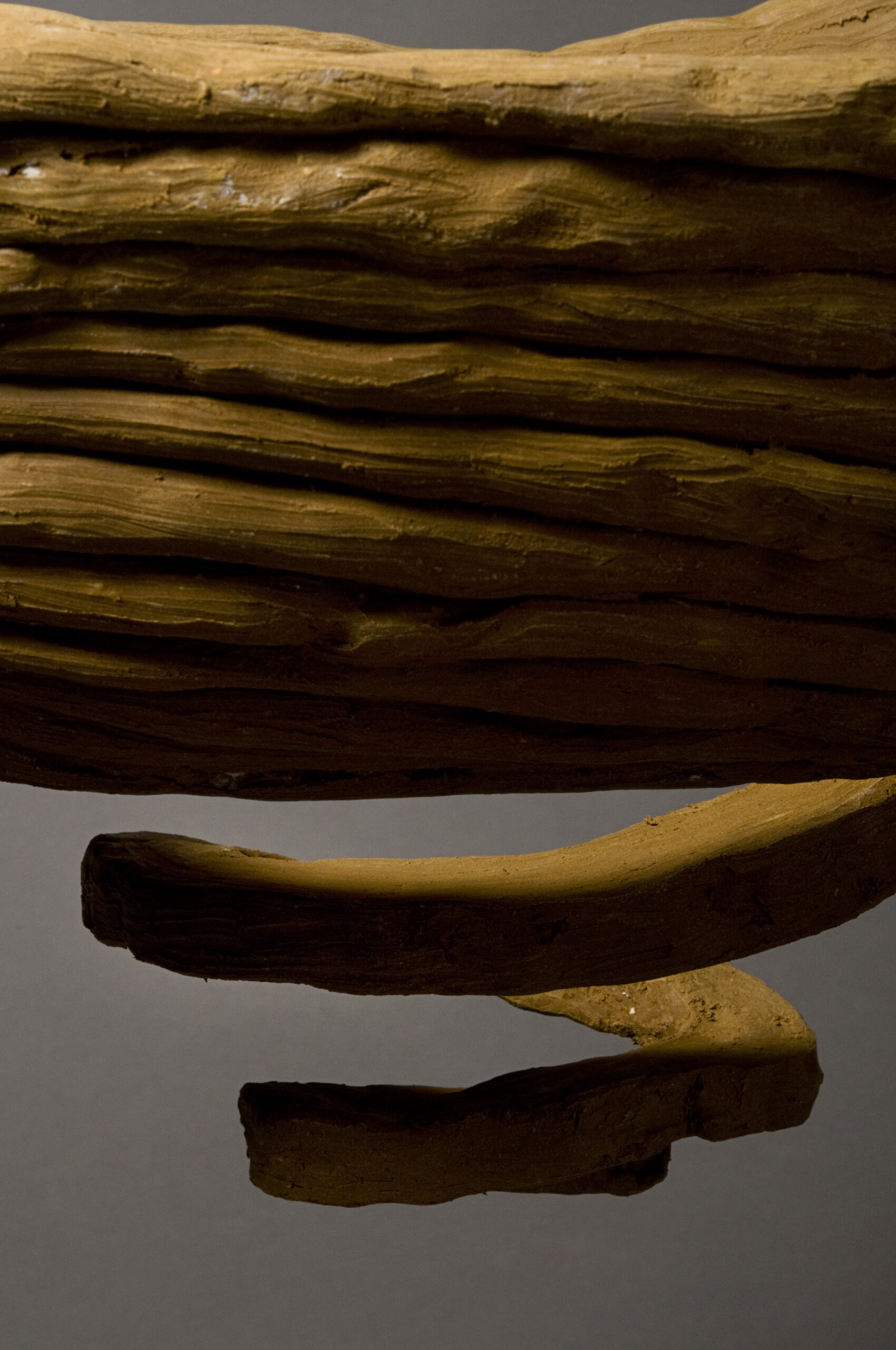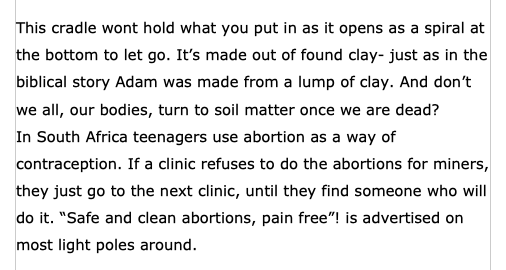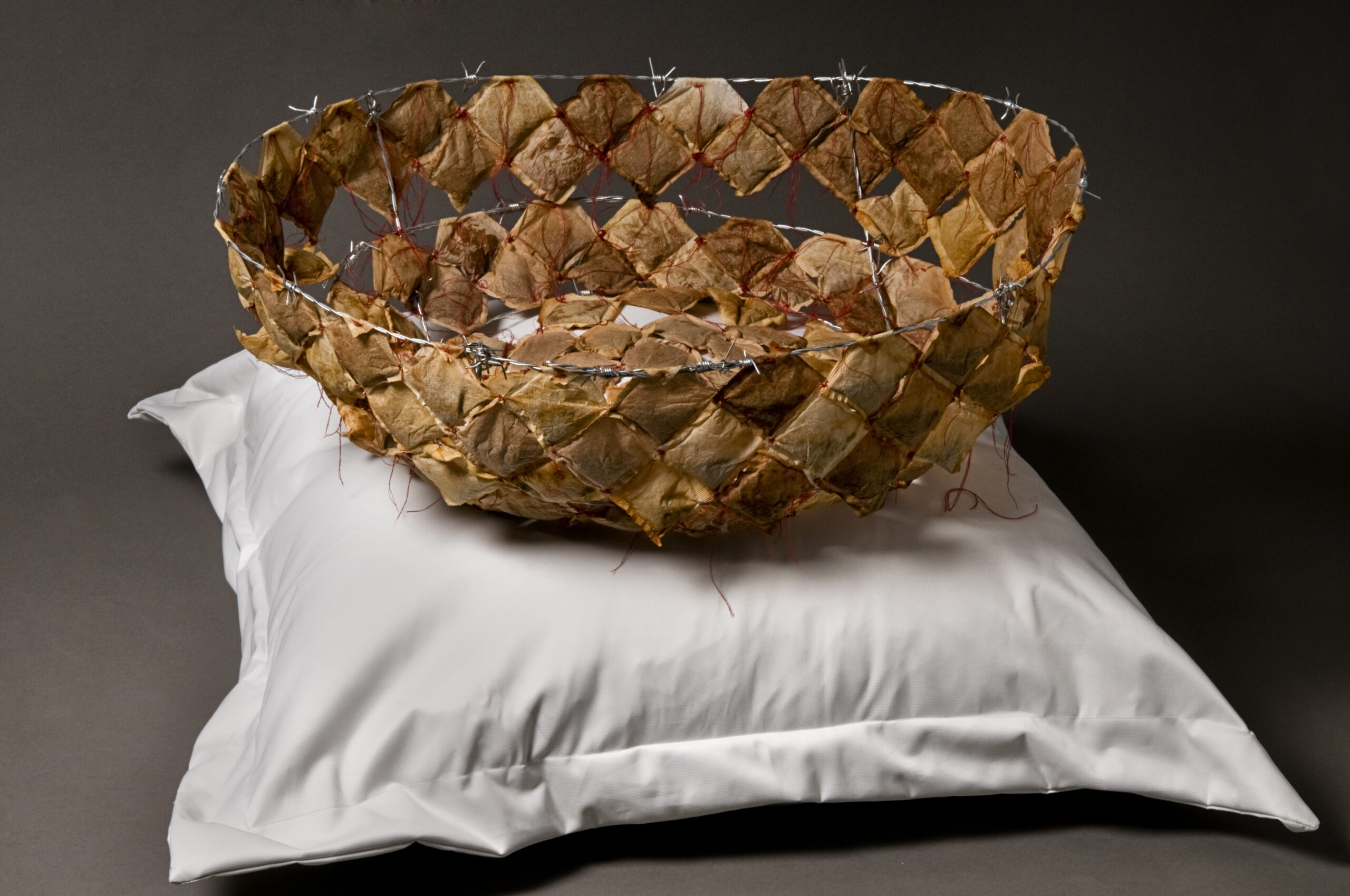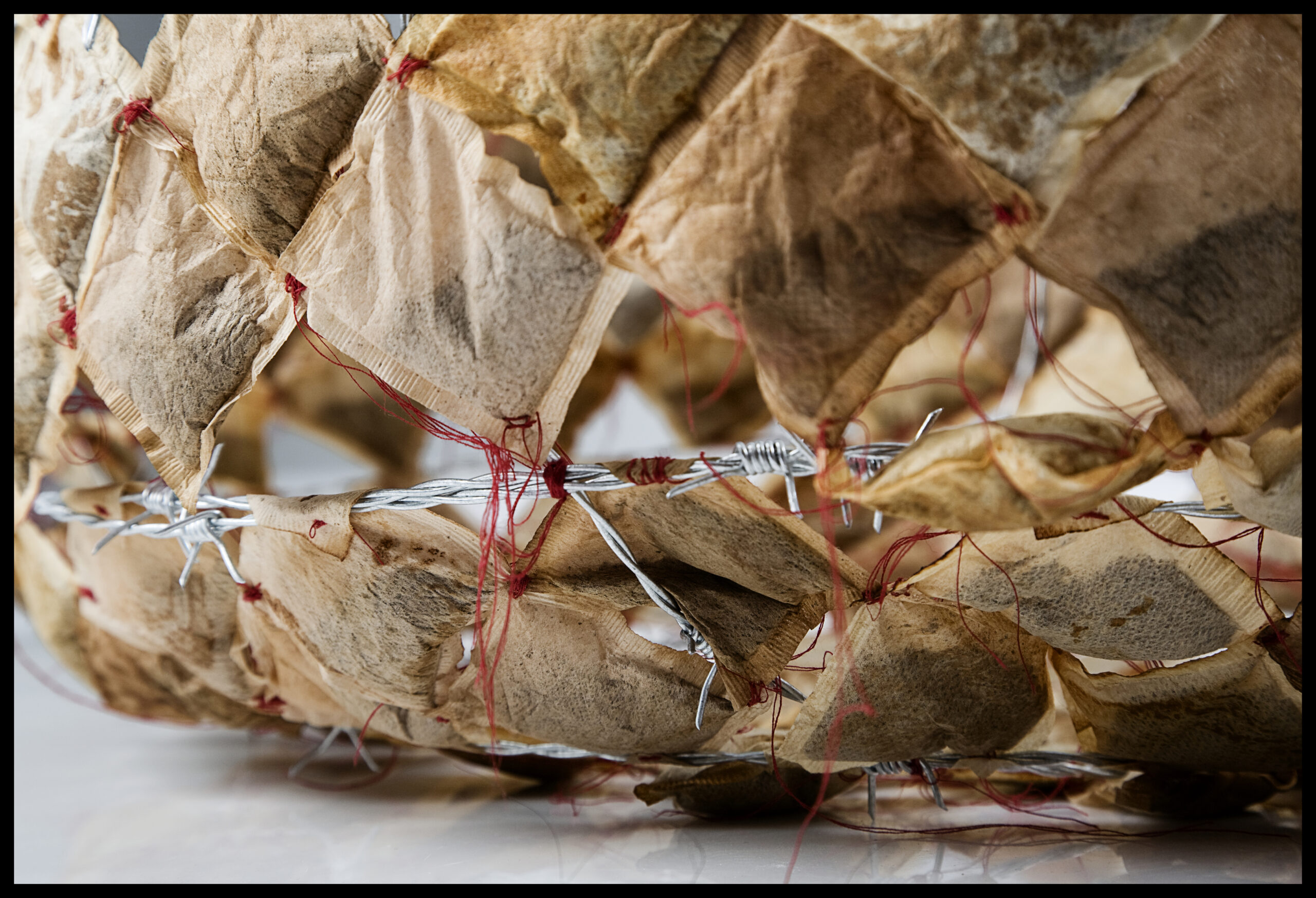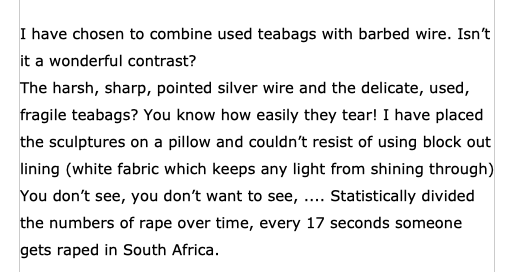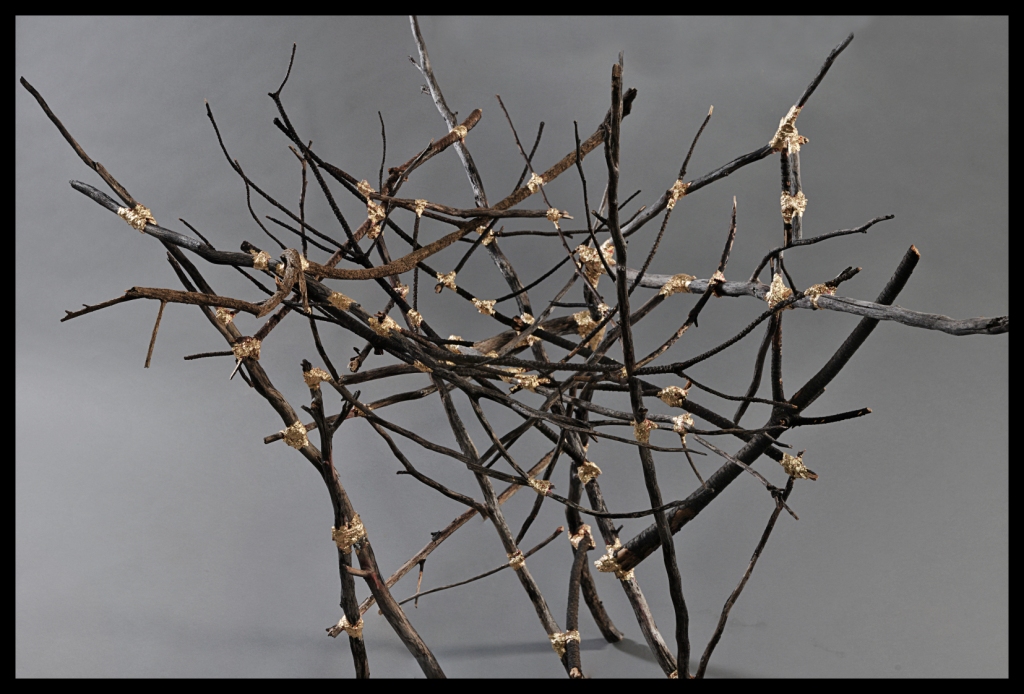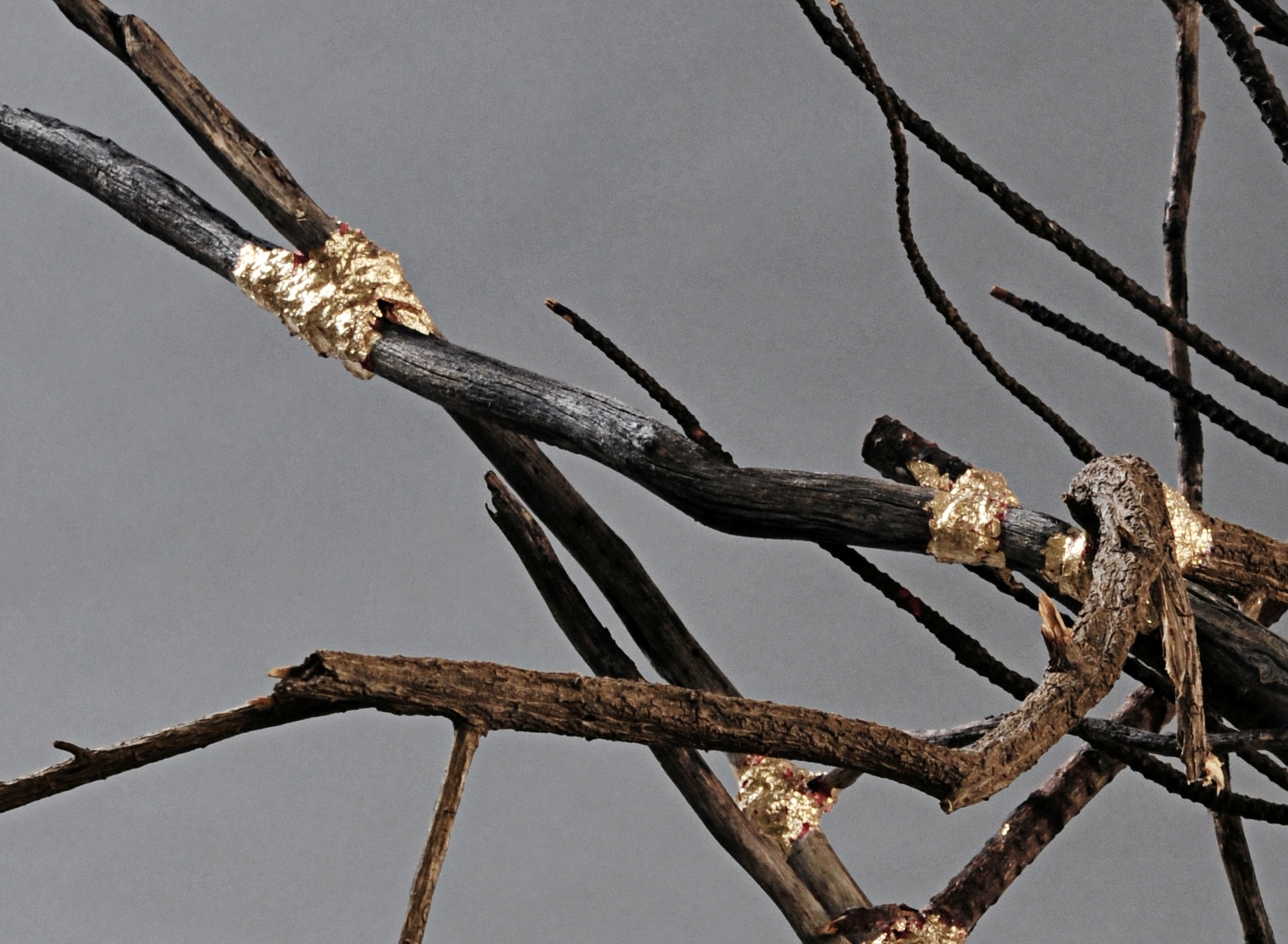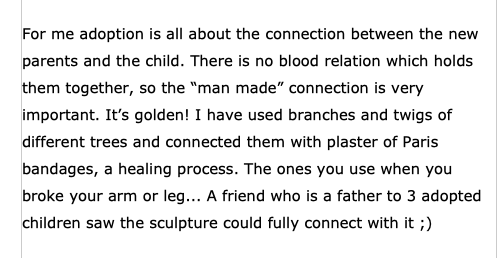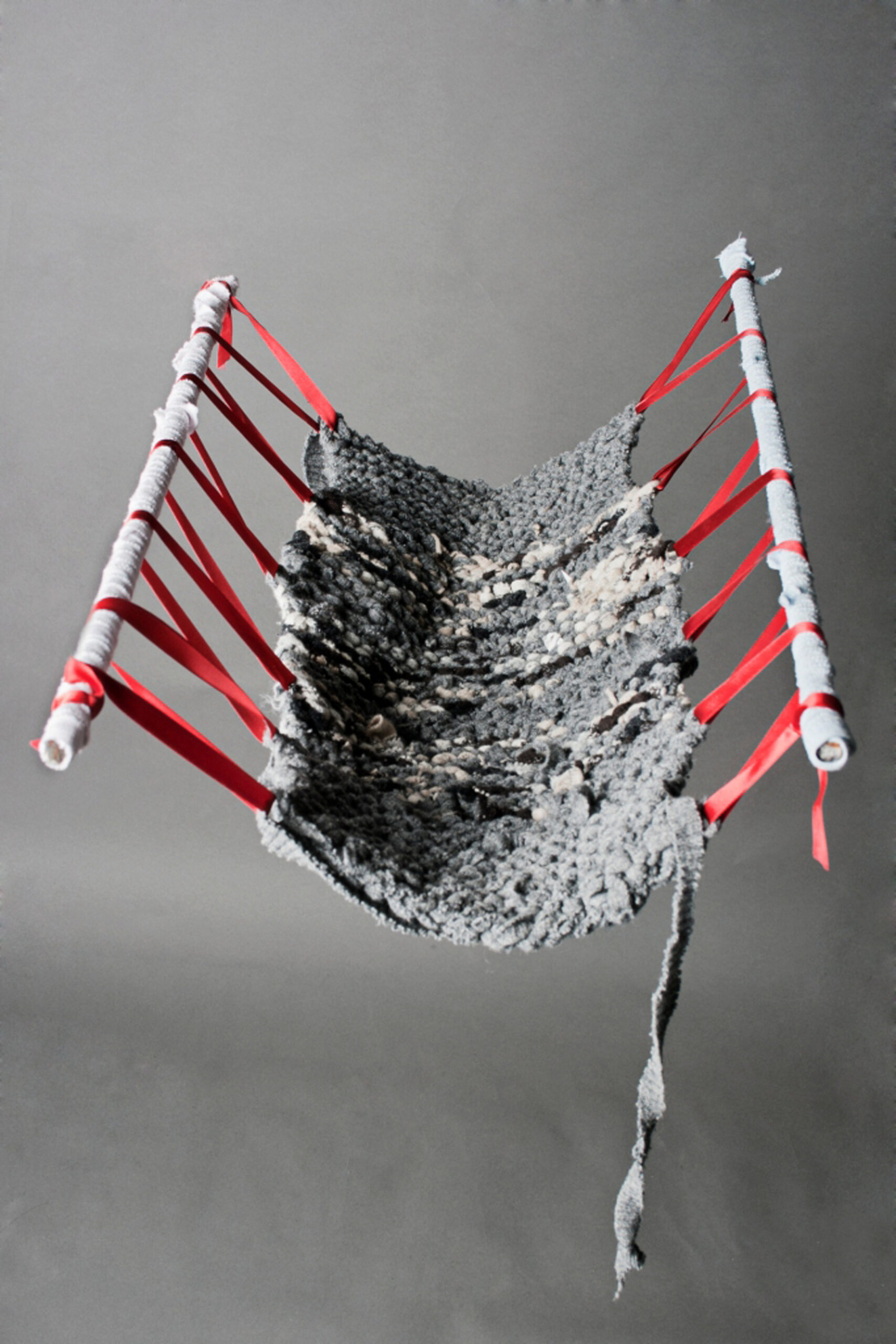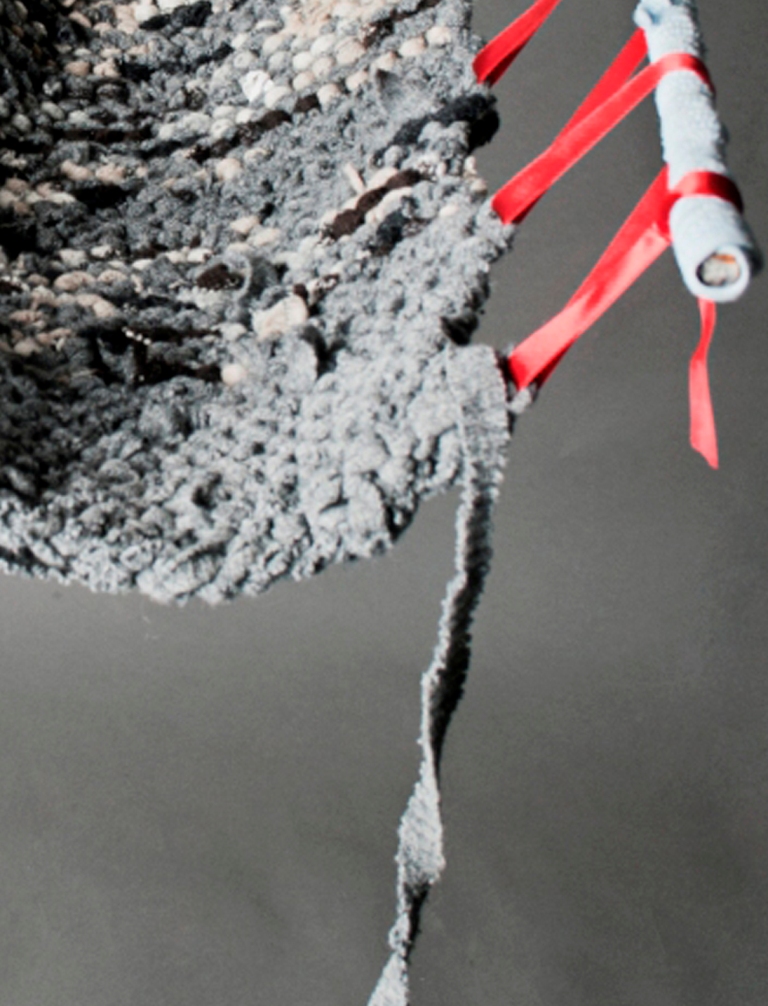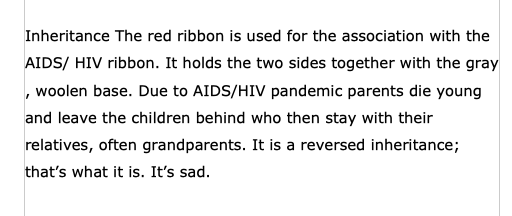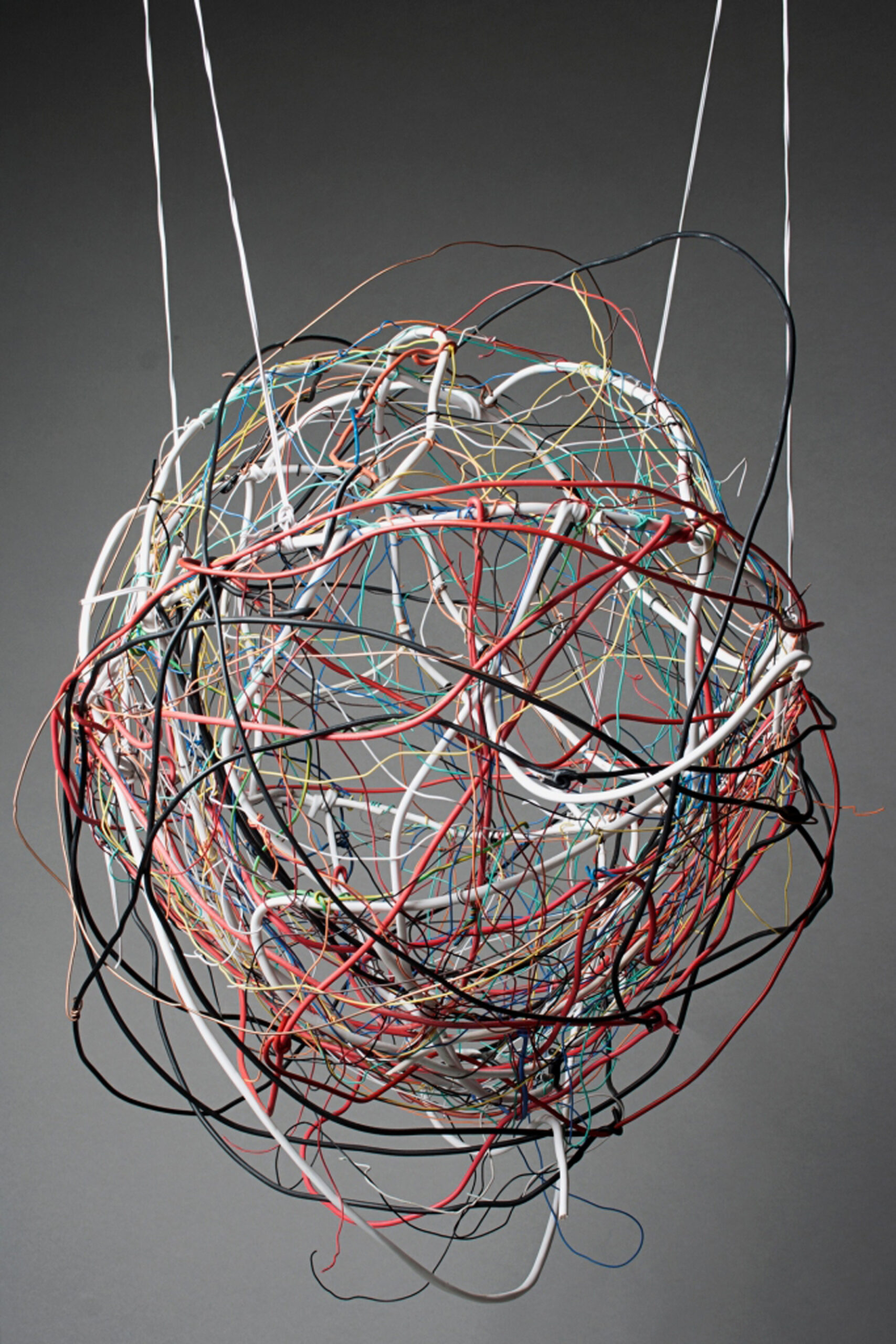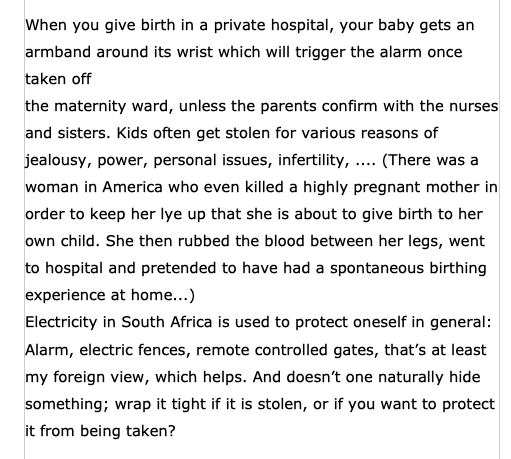Receiving I – IX
Caring – Possessing – Influencing
Diese Arbeit besteht aus insgesamt neun Skulpturen in Form von (Kinder)wiegen, zum Thema, wie wir als Individuum oder als Gesellschaft eine Beziehung zum Kind eingehen.
Diese ist zB eine andere, wenn das Kind adoptiert ist, als wenn es durch Vergewaltigung gezeugt wurde. Auch ist eine Beziehung zwischen Mutter und Kind anders, wenn es abgetrieben wird, oder wenn es, aus welchen Gründen auch immer, geklaut wird. Kinder klauen passiert oftmals in Südafrika, so werden zumindest in privaten Kliniken den Neugeborenen immer ein elektrisches Armband umgelegt, das von den Eltern vor dem Heimweg deaktiviert werden muss. Erst gerade wieder stand in der Zeitung, dass eine Frau ein Kind mitgenommen hat….
Auch die Wiege mit dem Namen Heritage/Erbe, ist sehr auf den südafrikanischien Kontext bezogen, wo durch AIDS viele Großeltern ihre Enkel erben weil die Eltern früh sterben.
Andere Aspekte der Beziehung zum Kind sind mehr von Einstellungen geprägt. Da gibt es die Spirituelle Wiege aus Federn, in Anlehnung an eine schwangere Frau auf der Straße, die mich anbettelte und mir sagte, sie erwarte ihr 6 Kind, es sei ja ein Geschenk Gottes.
Akademisch ist der Titel der Arbeit, die anspielt auf all die Mütter, Eltern, Menschen, die ein Kind als ein wissenschaftliches Objekt betrachten, die ihr Wissen um das Kind aus Büchern holen. Materialistisch nenne ich die Sicht, die das Kind als Konsument betrachtet, als etwas, was man haben muss, als etwas, was Geld kostet, als etwas, was ich mit Geld glücklich machen und großziehen kann.
Die Wiege aus verbrannten Proteablühten ist genannt: Natürlich. Ein Kind bekommen ist ein natürlicher Vorgang… Vertrauen, dass die Natur schon alles richtig machen wird, es schon immer richtig gemacht hat.


